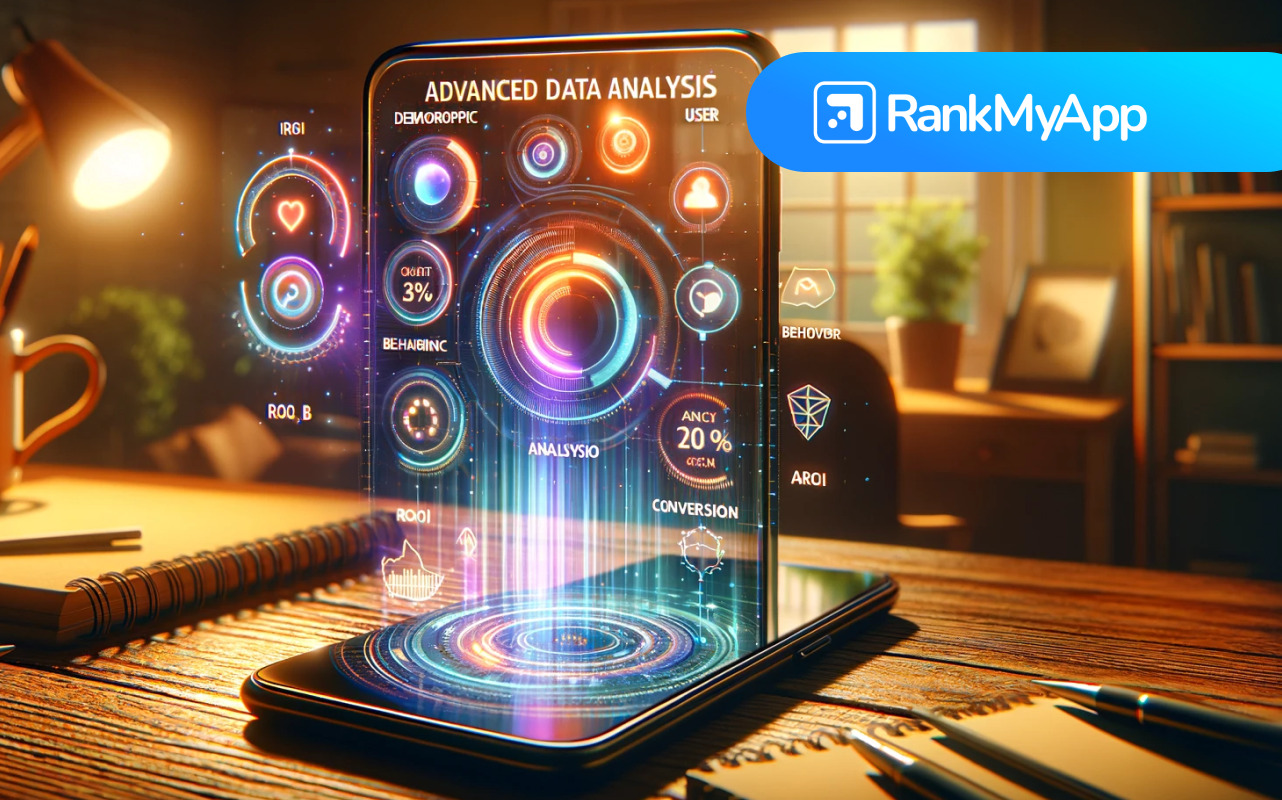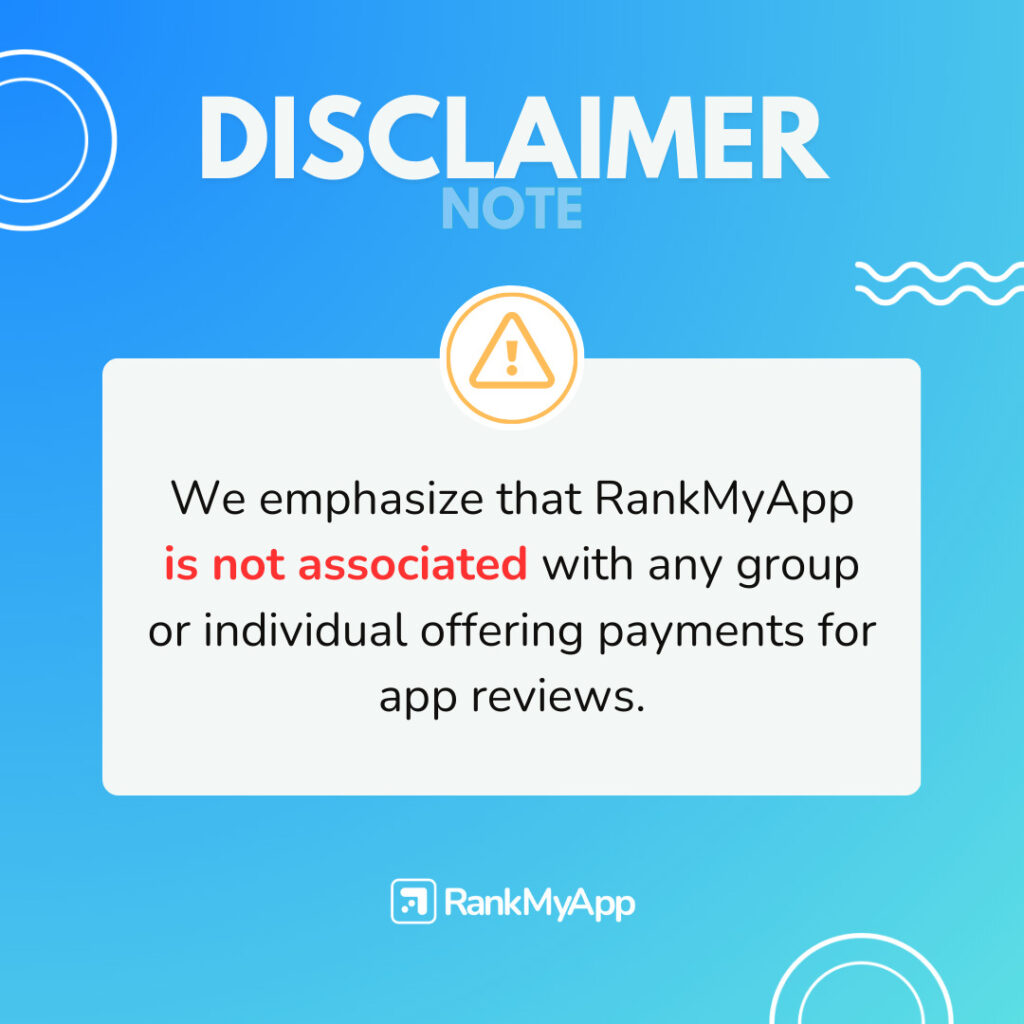When the idea is to analyze metrics and data of an app, it’s crucial to collect most numbers as possible. But while this quantitative analysis may be important, the qualitative analysis is also a metric that must be studied.
This kind of study involves more than the number of downloads, conversions, retention, installs and uninstalls. It is actually deeper, because it is linked to the behavior of the user of the app. To know more about this metric, keep reading.
What involves qualitative analysis?
The goal of qualitative data analysis is to capture things that numbers cannot: the way the user thinks. That’s possible because users normally show how he or she feels while using the app. This analysis can also help identify trends and ideas regarding who is using the app.
But how to do qualitative analysis? By using tools that observe user experience and how it can affect app performance. With them, it’s possible to identify what is important and how it works in the app — and what is not.
For example, if the user just accesses your app one time and finishes the session early, it can be a signal that something spoiled their user experience. All of the data collected passes by a study to analyse what it means and get results.
Types of qualitative analysis
One of the types of qualitative analysis is the feedback. It is useful to understand what users are thinking about your app and a common strategy that you probably already know. Users are more willing to talk about the brands they appreciate.
Of course, just a general feedback from users is not enough to analyze the experience for all of them. If this is your only tool to get this data, your results will probably be weak.
It’s more useful to create an open channel with all users, so they will have the opportunity to be connected with the app and when they want to solve any problem, everything will pass to you, it will not be necessary to wait for feedback.
Among the qualitative analysis examples are tools that allow the user to send screenshots of the app to explain the problem exactly, helping the responsible person of the app to solve the situation.
Some practical examples
Apps in the app stores nowadays depend on qualitative analysis to create strategies and improve user experience. Now that they are a necessity to the users, the qualitative data starts to be very important to improve the performance of the app.
When developers are analyzing KPI’s to understand the usability of the app, for example, they can not be superficial. It’s important to combine the qualitative analysis with the opinion of the user.
With this, it is possible to see exactly what the app is for your user and, more than that, how to use this information in your favour. The feedback has to be a complement, while the qualitative analysis, a general panorama to improve the strategies of the app.
It’s nice to remember the importance of ASO in this process because all the strategies and choices taken affect the way you do your optimization to be in the ranking and get downloads.
Get help to analyze your metrics
Now that you know the importance not only of the numbers and impressions, but also of the behaviour of your app’s user, consider taking the help of a specialist to learn how to calculate these metrics.





